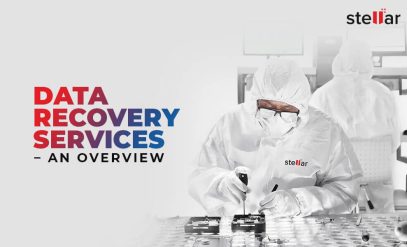Sometimes, due to mechanical, electrical or firmware failure, the hard drive gets physically damaged and all the data in it becomes completely inaccessible. However, except any visible damage to the hard drive, users do not able to diagnose instances of physical hard drive failure and end up making the situation even worse. Therefore, it is important to sense the physical failure of the hard drive as quickly as possible so that you can opt for any data recovery services, without damaging the media by unnecessary experimentations. Below are some of the symptoms from which you can know that there is a physical failure:
Some of the common symptoms of physical hard drive failure:
-
Clicking/knocking/clinging/grinding noise coming out of the hard drive. (Check out these noise samples here:)
Clicking Head Noise
Dead Head Noise
Torn Head Noise
Scratch Noise
Stuck Motor Noise
-
The hard drive does not show any sign of drive movement, even if being powered on.
-
On booting, the screen appears blue (Blue Screen Of Death) and fails to boot further.
-
The system does not start at all and prompts to restart, each time you try to boot it.
-
The system restarts continuously.
-
The system tries to boot and hangs in the welcome screen.
-
The hard disk drive is not detected by the system BIOS.
-
Visible damage to the chips or connectors of the hard disk due to any electric short circuit, drop or hit.
After encountering any of the above situations, the more you keep running the system, the more it will get damaged and eventually the chances of data recovery will be less. Hence, for the safe recovery of your precious data in the hard disk, you must immediately shut down the system and take the assistance of any professional hard disk recovery service provider, like Stellar Data Recovery.
Note: Never open the damaged, media as it will lead to a state, from where data recovery can never be possible. Physically damaged drives must only be opened and repaired inside certified CLASS 100 Clean Rooms.







